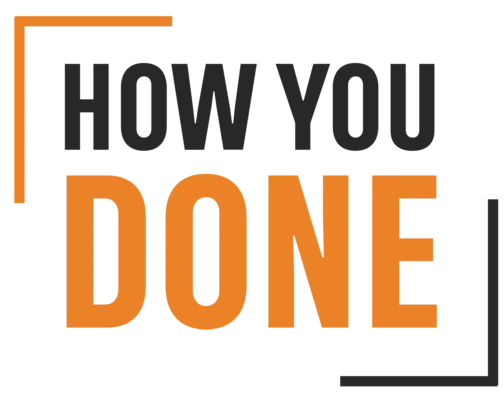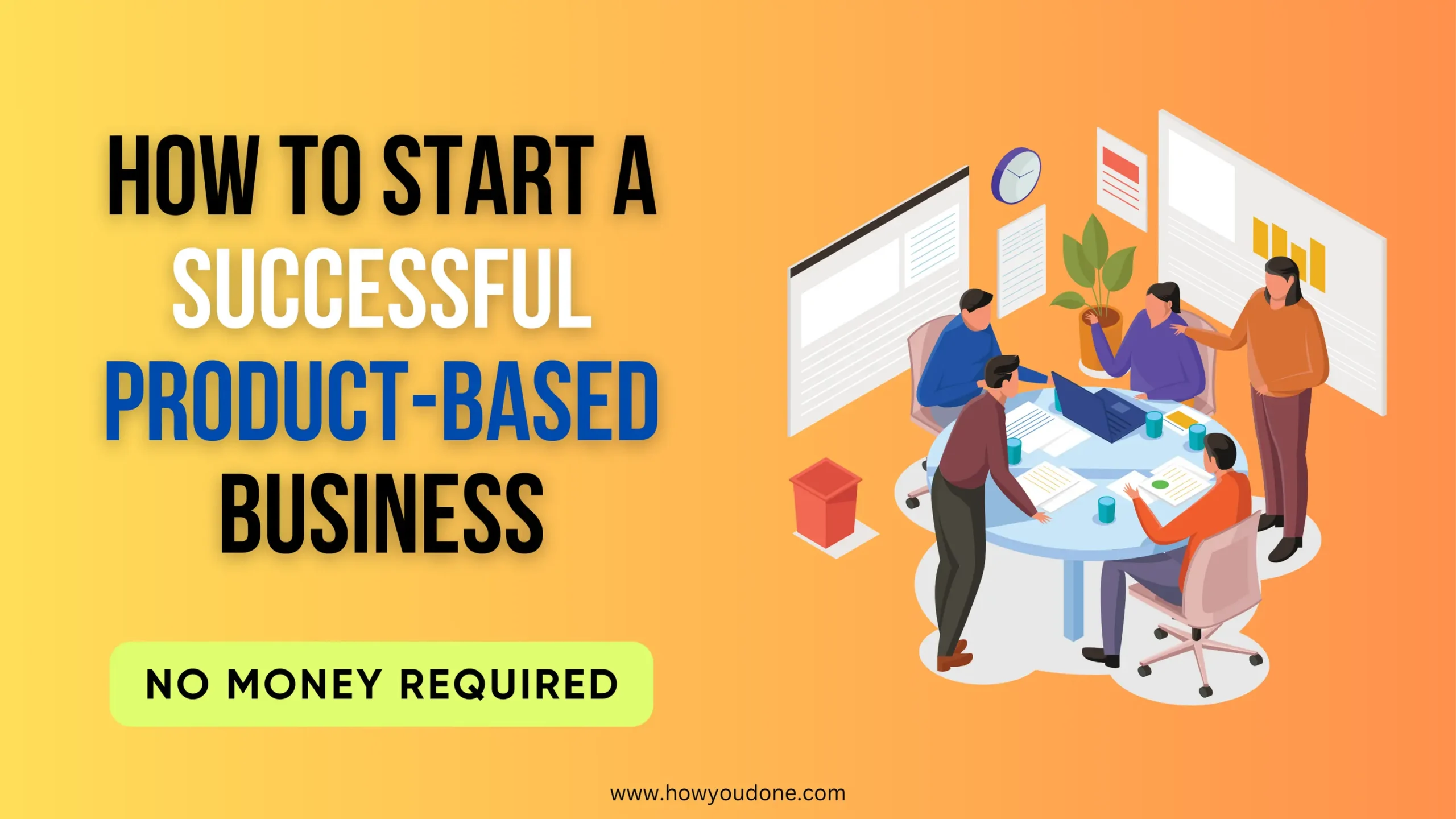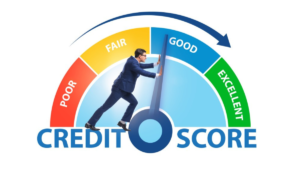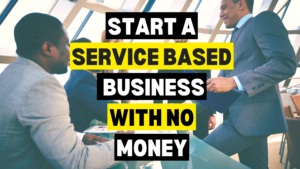Starting a product-based business without money can be an exciting and rewarding venture. You get to create something tangible that solves a problem, meets a need, or fulfills a desire for your customers. However, starting a product-based business also comes with many challenges, especially if you don’t have much money to invest.
You might think that you need a lot of capital to start a product-based business, but that’s not necessarily true. There are many ways to launch a product-based business without spending a fortune, or even without spending anything at all. In this guide, we’ll show you how to start a product-based business without money, using some creative and resourceful strategies. Let’s get started!
The Power of Idea and Market Research
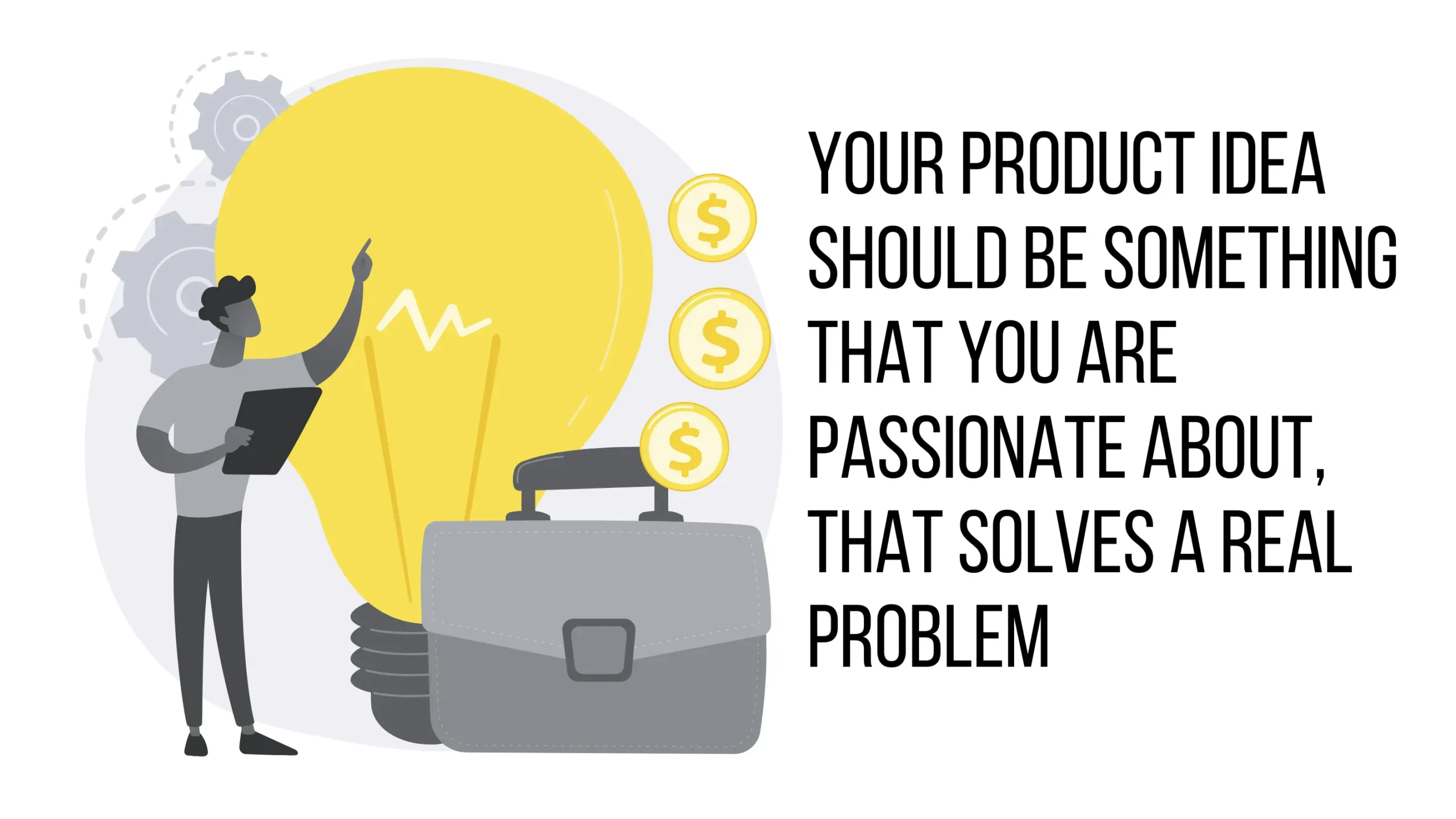
The first and most important step to starting a product-based business without money is to have a strong, unique product idea. Your product idea should be something that you are passionate about, that solves a real problem or pain point for your target market, and that stands out from the competition.
To validate your product idea, you need to conduct thorough market research. Market research will help you understand your target customers, their needs and preferences, their buying behavior, and their feedback on your product concept. Market research will also help you identify your competitors, their strengths and weaknesses, and their market share.
You don’t need to spend money to do market research. You can use free online resources, such as Google Trends, Google Keyword Planner, and Google Analytics, to analyze the demand, trends, and traffic for your product niche. You can also use free online surveys, such as SurveyMonkey, Google Forms, and Typeform, to collect feedback from your potential customers. You can also use social media platforms, such as Facebook, Twitter, Instagram, and LinkedIn, to observe and interact with your target audience, and to test your product idea with them.
Leveraging Free Resources and Tools

Once you have a validated product idea, you need to design and develop your product. This might seem like a daunting task, especially if you don’t have any technical skills or experience. However, you don’t need to hire a professional designer or developer to create your product. You can leverage free resources and tools that are available online to help you with product design and development.
For product design, you can use free CAD (computer-aided design) software, such as SketchUp, Tinkercad, and Fusion 360, to create 3D models of your product. You can also use free design tutorials, such as YouTube videos, online courses, and blogs, to learn the basics of product design and to get inspiration from other successful products.
For product development, you can use free online platforms, such as Shopify, WooCommerce, and Wix, to create your own e-commerce website and to sell your product online. These platforms offer easy-to-use templates, features, and integrations that will help you set up and run your online store without any coding or technical skills. You can also use free online tools, such as Lean Canvas, Business Model Canvas, and SWOT Analysis, to plan and analyze your business model and strategy.
Building a Strong Network

Another key factor in starting a product-based business without money is to build a strong network. Networking and building relationships with potential partners, mentors, and customers will help you gain valuable insights, advice, support, and opportunities for your business.
You can use social media and professional networking sites, such as LinkedIn, Twitter, Facebook, and Instagram, to connect with industry professionals, influencers, and experts who can help you with your product development, marketing, and funding. You can also join online communities, forums, and groups that are related to your product niche, where you can share your product idea, get feedback, and find potential customers.
You can also attend offline events, such as meetups, workshops, conferences, and trade shows, where you can meet and network with people who are interested in your product niche, or who can help you with your business. You can also pitch your product idea to potential partners, investors, and media outlets, who can help you grow your business.
Crowdfunding and Pre-sales Strategies

One of the most popular and effective ways to start a product-based business without money is to use crowdfunding and pre-sales strategies. Crowdfunding and pre-sales are ways to raise funds for your product development and launch, without having to invest your own money or borrow from others.
Crowdfunding is a method of raising money from a large number of people, usually through an online platform, such as Kickstarter, Indiegogo, or GoFundMe. You can create a campaign for your product, where you explain your product idea, your story, your goals, and your rewards for backers. You can then promote your campaign to your network, your target audience, and the general public, and ask them to support your product by pledging a certain amount of money. If you reach your funding goal, you can use the money to create and deliver your product to your backers.
Pre-sales is a method of selling your product before it is fully developed or launched. You can create a landing page for your product, where you showcase your product idea, your value proposition, and your benefits for customers. You can then drive traffic to your landing page, using social media, email marketing, or paid advertising, and ask your visitors to pre-order your product by paying a discounted price. You can then use the money to finish and ship your product to your customers.
Both crowdfunding and pre-sales strategies have many advantages for starting a product-based business without money. They can help you validate your product idea, generate interest and buzz for your product, build a loyal customer base, and raise funds for your product development and launch.
Also, check how to start a consulting business with zero money
Starting with a Minimum Viable Product (MVP)

Another smart way to start a product-based business without money is to start with a minimum viable product (MVP). An MVP is a version of your product that has the minimum features and functionality that are necessary to satisfy your early customers and to test your product idea.
Starting with an MVP can help you minimize your initial costs, as you don’t need to spend a lot of time and money on developing a perfect product. You can also use your MVP to collect feedback from your customers and to learn what works and what doesn’t work for your product. You can then use this feedback to improve your product and to add more features and functionality that your customers want.
There are many ways to develop and test an MVP with limited resources. You can use free or low-cost tools, such as WordPress, Squarespace, or Bubble, to create a simple website or app for your product. You can also use free or low-cost tools, such as Google Forms, Typeform, or SurveyMonkey, to create a survey or a questionnaire for your product. You can also use free or low-cost tools, such as Figma, InVision, or Marvel, to create a prototype or a mockup of your product. You can then share your MVP with your target customers, and ask them to use it, rate it, and give you feedback.
Utilizing Dropshipping and Print-on-Demand Services
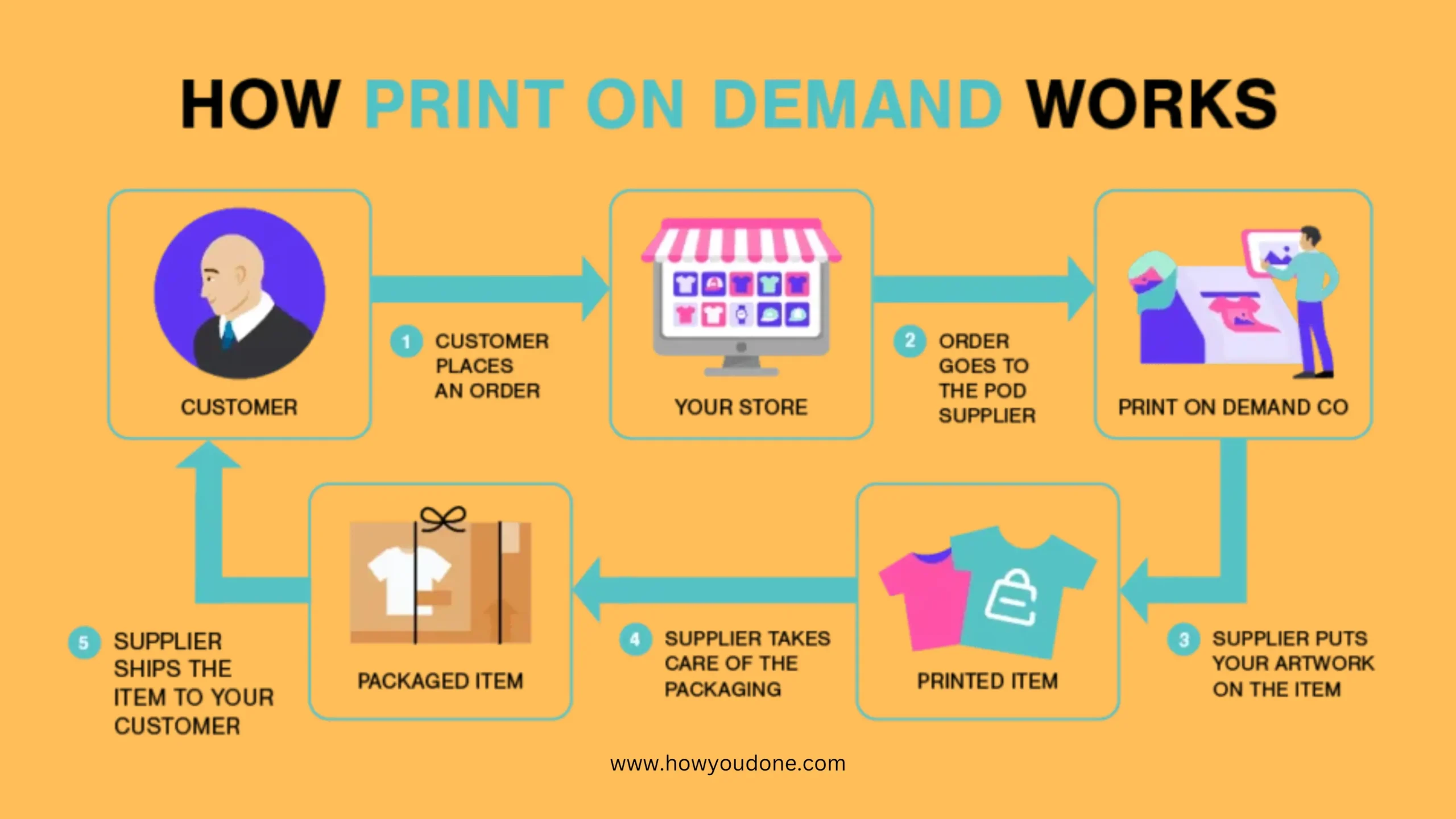
Another option to start a product-based business without money is to utilize dropshipping and print-on-demand services. Dropshipping and print-on-demand are business models where you don’t have to handle the inventory, production, or shipping of your products. Instead, you partner with a third-party supplier or manufacturer, who will take care of these tasks for you.
Dropshipping is a business model where you sell products that are already made and available from a supplier. You can choose from a variety of products, such as clothing, accessories, electronics, or home goods, and list them on your online store. When a customer orders a product from your store, you forward the order to your supplier, who will then ship the product directly to your customer. You don’t have to buy or store any inventory or deal with any packaging or shipping. You only pay the supplier for the product after you receive the payment from your customer, and you keep the difference as your profit.
Print-on-demand is a business model where you sell products that are customized and printed on demand by a manufacturer. You can choose from a variety of products, such as t-shirts, mugs, posters, or books, and design them with your logo, slogan, or artwork. When a customer orders a product from your store, you forward the order to your manufacturer, who will then print and ship the product directly to your customer. You don’t have to buy or store any inventory or deal with any production or shipping. You only pay the manufacturer for the product after you receive the payment from your customer, and you keep the difference as your profit.
Both dropshipping and print-on-demand are low-cost entry points for product-based businesses, as they eliminate the need for upfront investment, inventory management, and fulfillment. However, they also have some drawbacks, such as lower profit margins, less control over product quality and customer service, and higher competition.
Digital Marketing on a Shoestring Budget
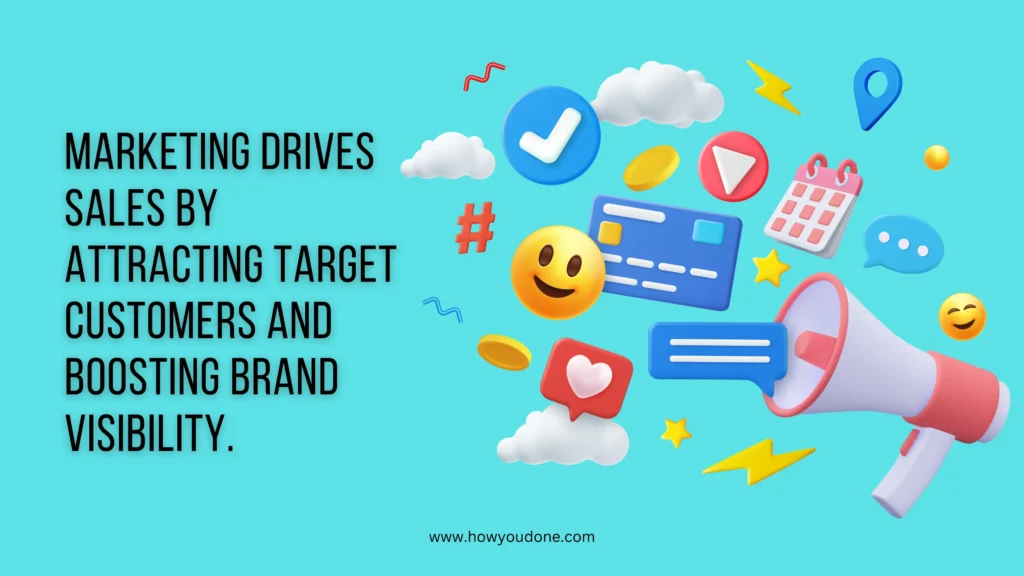
One of the most crucial aspects of starting a product-based business without money is to market your product effectively. Marketing your product will help you reach and attract your target customers, increase your brand awareness, and generate sales and revenue for your business.
However, marketing your product doesn’t have to be expensive. You can use digital marketing strategies that are low-cost or even free, and that can deliver great results for your business. Some of the digital marketing strategies that you can use are:
– Social media marketing: You can use social media platforms, such as Facebook, Instagram, Twitter, and Pinterest, to promote your product, share your story, and engage with your audience. You can also use social media ads, such as Facebook Ads, Instagram Ads, and Twitter Ads, to target your ideal customers and drive traffic to your website or landing page.
– Content marketing: You can use content marketing to create and distribute valuable, relevant, and engaging content for your target audience, such as blog posts, articles, ebooks, videos, podcasts, or webinars. You can use free or low-cost tools, such as WordPress, Medium, YouTube, Anchor, or Canva, to create and publish your content. You can also use free or low-cost tools, such as Mailchimp, ConvertKit, or HubSpot, to build and manage your email list and to send newsletters and offers to your subscribers.
– SEO (search engine optimization): You can use SEO to optimize your website or landing page for search engines, such as Google, Bing, or Yahoo, and to rank higher for relevant keywords and phrases that your target customers are searching for. You can use free or low-cost tools, such as Google Search Console, Google Analytics, Moz, or SEMrush, to analyze and improve your SEO performance and to drive organic traffic to your website or landing page.
– Influencer marketing: You can use influencer marketing to collaborate with influencers, such as bloggers, vloggers, or celebrities, who have a large and loyal following in your niche, and who can endorse your product, share your story, and generate buzz for your business. You can use free or low-cost tools, such as BuzzSumo, Upfluence, or FameBit, to find and connect with relevant influencers, and to track and measure your influencer marketing campaigns.
These are some of the digital marketing strategies that you can use to market your product on a shoestring budget. However, you should also remember that digital marketing is not a one-time thing, but a continuous process that requires constant testing, measuring, and improving. You should always monitor your marketing results, such as traffic, conversions, sales, and revenue, and use them to optimize your marketing strategy and to grow your business.
Seeking Out Grants and Competitions

Another way to start a product-based business without money is to seek out grants and competitions that are available for startups and entrepreneurs. Grants and competitions are funding opportunities that are offered by various organizations, such as governments, foundations, corporations, or universities, to support and reward innovative and impactful ideas and businesses.
Grants and competitions can provide you with financial resources, mentorship, exposure, and networking opportunities for your business. However, they can also be very competitive and selective, and require you to prepare compelling applications and pitches that showcase your product, your team, your market, and your impact.
You can use free online resources, such as GrantWatch, Grants.gov, or Challenge.gov, to find and apply for grants that are relevant to your product niche, your industry, or your location. You can also use free online resources, such as Startup Grind, TechCrunch, or Startup Compete, to find and apply for competitions that are related to your product niche, your industry, or your stage of development.
Bartering and Negotiating

Another tactic to start a product-based business without money is to barter and negotiate for services that are essential for your business, such as branding, website development, product manufacturing, or legal advice. Bartering and negotiating are ways to exchange services or to lower costs without using money.
You can barter and negotiate for services by offering your skills, products, or services in return, or by asking for discounts, referrals, or testimonials. You can use free online platforms, such as Bartercard, TradeAway, or SwapRight, to find and connect with people who are willing to barter or negotiate for services. You can also use your network, such as your friends, family, colleagues, or customers, to find and connect with people who can help you with your business needs.
However, you should also be careful and respectful when bartering and negotiating for services. You should always do your research, be clear about your expectations, and have a written agreement that outlines the terms and conditions of the exchange or the deal. You should also be fair, honest, and grateful, and deliver on your promises.

Conclusion
Starting a product-based business without money is not easy, but it is possible. You can use the strategies that we have discussed in this guide, such as having a strong product idea, conducting market research, leveraging free resources and tools, building a strong network, crowdfunding and pre-selling your product, starting with an MVP, utilizing dropshipping and print-on-demand services, marketing your product digitally, seeking out grants and competitions, and bartering and negotiating for services, to launch and grow your product-based business without financial capital.
However, you should also remember that starting a product-based business without money is not a permanent situation, but a temporary one. You should always aim to generate revenue and profit from your product and to reinvest them into your business. You should also always look for opportunities to improve your product, your marketing, and your business model, and to scale your business to the next level.
We hope that this guide has inspired you and given you some useful tips on how to start a product-based business without money. If you have a product idea that you are passionate about, don’t let the lack of money stop you from pursuing your business dreams. You have the power, creativity, and resources to make it happen.
Now that you have learned how to start a product-based business without money, we encourage you to take the first step toward starting your business today. Whether it’s validating your product idea, creating your MVP, or launching your crowdfunding campaign, there is always something that you can do to move forward with your business.
We also invite you to share your own experiences or tips for starting a product-based business on a tight budget. You can leave a comment below, or join our online community of entrepreneurs and product enthusiasts, where you can exchange ideas, feedback, and support with other like-minded people.
Finally, we suggest subscribing to our newsletter, where you will receive more guides and tips on starting and growing a product-based business, as well as exclusive offers and discounts on our products and services. Just enter your email address below and click the subscribe button. Thank you for reading and happy product-making!
